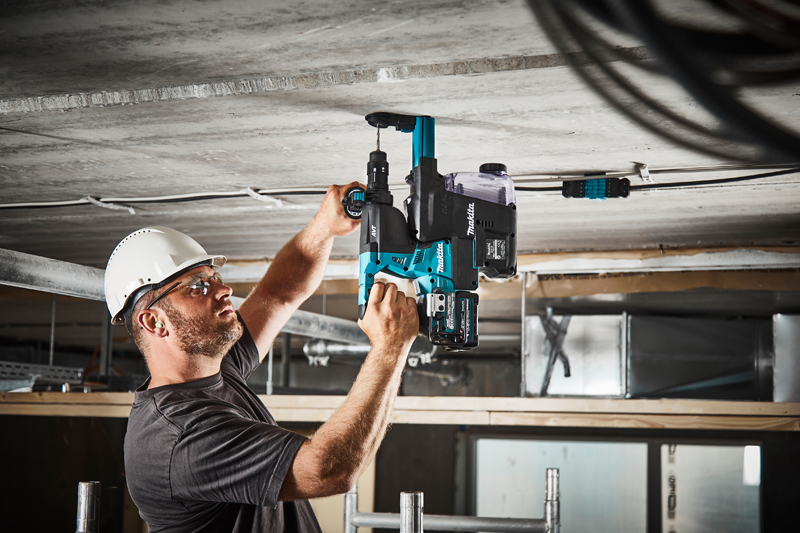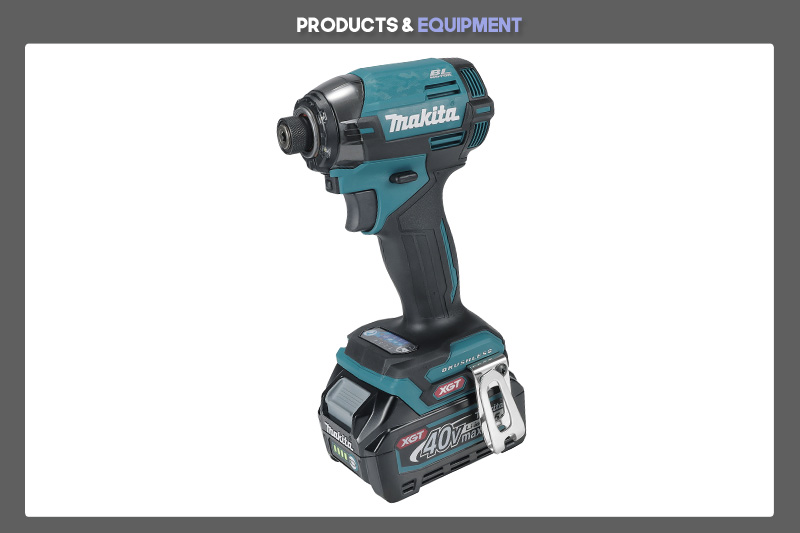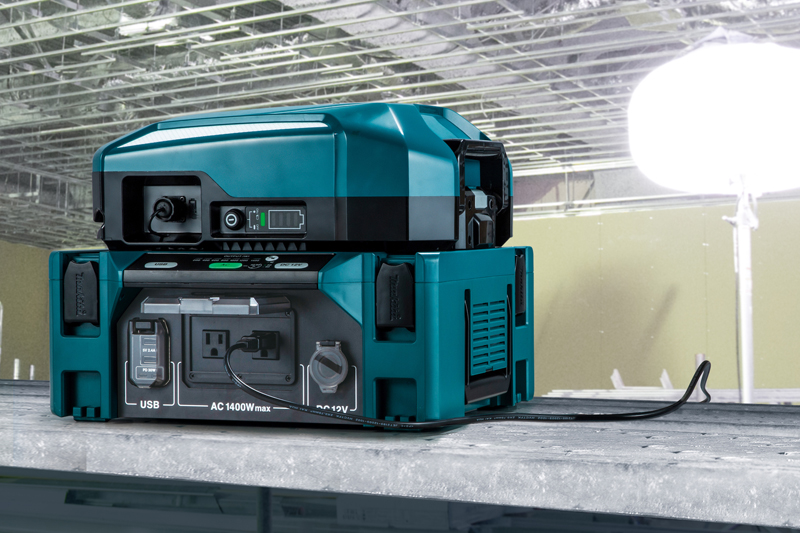Here, Kevin Brannigan, Marketing Manager at Makita explains why electrical wholesalers should always look to stock cordless power tools with brushless motors and how they can benefit customers.
According to recent research, tradespeople are busier than ever. Despite the coronavirus lockdown and social distancing measures in place, more than half reported the same or increased levels of business compared to this time last year and one in three said they are busier than expected.
Although this is great news for the industry, the increase in workload means that electricians have to be prepared to tackle a wide range of jobs quickly and efficiently.
To do this, it is important for them to have a selection of high-quality, user-friendly tools available in the van – and wholesalers therefore need to be prepared to advise customers on the best tools for the job and ensure that these products are always in stock.
Go cordless
When speaking to customers about the type of power tools they need, the first thing to consider is whether the machine is suitable for working efficiently and freely, even in those awkward or hard-to-reach areas.
Cordless machines should be the go-to, as users can experience the increased flexibility needed to complete jobs quickly, easily and safely across any site.
As there is no power lead, cordless models offer maximum freedom to move around the work area and enable operators to easily position themselves correctly and safely – with no trailing cables, there are also no trip hazards.
The set up time for cordless machines is also minimal – charged tools can be used straight from the van without the need to locate power sockets or transformers, increasing operator efficiency.
The leading cordless models of today are powered by lithium-ion batteries, which can hold high levels of energy and as a result will work for long periods of time without the need to recharge them – therefore improving on-site productivity. These batteries do not need to be drained down before re-charging, so operators can charge the batteries at their convenience.
When selecting which cordless machines to stock, look for models that feature batteries with LED charge indicators, as this will make it easy for customers to keep track of how much charge each battery has between use.
It is also important to explain to customers that leading manufacturers like Makita have optimised the charging process to protect the batteries from damage and reduce charge times to be the best in the industry.
For example, Makita has designed its lithium-ion (LXT and XGT) batteries to be able to communicate with the charger. Using CPU, the charger can identify any issues with the battery, such as overload, over discharge or overheating.
The charger can then rectify any issues – such as cooling the battery before charging takes place. Makita has also extended this intelligent technology into the product itself, so the battery and tool are protected during use.
Brushless technology
The type of motor included within the tool should also be considered. Machines with a brushless motor require minimal maintenance, primarily because there are no brushes within the motor causing friction. When friction occurs, it can result in wear and tear and the need for replacement parts – this is not the case with a brushless motor.
Reduced friction also means no energy is lost through heat production, making brushless machines more energy efficient. These tools can produce more torque per weight, which means less power is required to achieve the same result. This can extend run times up to 50% on each battery charge.
Brushless motors are also smaller in comparison to brushed alternatives, which means that tools are more compact and lighter, but still deliver the high power needed. This is ideal when using tools over extended periods of time, as operator fatigue is reduced.
A powerful solution
Recent advancements in battery technology mean that there are now cordless machines available on the market that can offer power and performance comparable to mains powered or petrol engine machines – which is ideal for customers in need of tools for high-demand applications.
For example, Makita’s new XGT 40V Max range delivers the high-power needed, without compromising on battery run times and charge times. To keep users working for longer, disruption free, XGT batteries will charge in just 28 minutes (2.5Ah) up to 45 minutes (4.0Ah) – and Makita’s 18V LXT batteries can be charged in as little as 22 minutes (for 3.Ah batteries) up to 55 minutes (for 6.0Ah batteries), thereby improving productivity.
Electrical wholesalers should ensure that they always have cordless models with brushless motors in stock, so that they can offer customers the high-power, durable and easy to use products that they need to tackle any task. With Makita’s LXT and XGT ranges, users are offered a wide range of battery-powered solutions for a truly cordless jobsite.
To find out more about Makita’s existing LXT 18V system and the new XGT 40V Max platform, please visit: www.makitauk.com.





